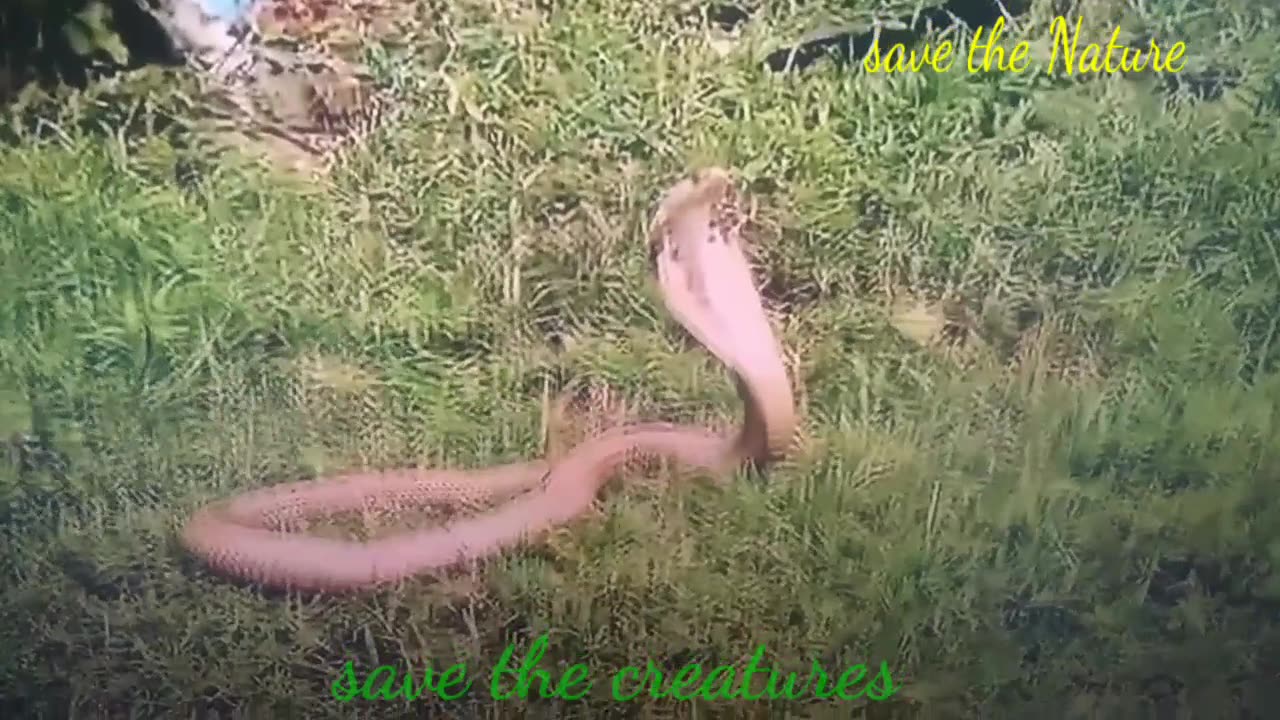Premium Only Content

save snacks save nature
The term "wild lifestyle in forests" typically refers to the way animals and other organisms live and interact in their natural forest habitats, free from human intervention or domestication. Forests are complex ecosystems that provide a wide range of resources and support a diverse array of life forms. Here are some aspects of the wild lifestyle in forests:
1. Biodiversity: Forests are incredibly diverse environments, housing an extensive variety of plant and animal species. These ecosystems are home to countless species of trees, shrubs, insects, birds, mammals, amphibians, and reptiles, all interconnected in intricate ecological relationships.
2. Habitat diversity: Forests offer a wide range of habitats, including canopy layers, understory, forest floor, and various microhabitats. Each habitat supports different species with specific adaptations to their environment.
3. Foraging and hunting: Wild animals in forests rely on their natural instincts and adaptations to find food and water. Predators hunt for prey, herbivores graze on vegetation, and scavengers consume decaying organic matter.
4. Reproduction and parenting: Forest-dwelling animals have their unique strategies for reproduction and parenting. Some species build nests or dens to protect their young, while others give birth in hidden locations.
5. Territorial behavior: Many animals in forests exhibit territorial behavior to establish and defend their living spaces and resources, such as food, mates, and shelter.
6. Migration and seasonal patterns: Some forest-dwelling species undertake long-distance migrations to find better resources or escape harsh conditions. Many organisms also follow seasonal patterns in activities like breeding and hibernation.
7. Interactions and symbiosis: Forests are ecosystems where different species interact with each other in complex ways, forming symbiotic relationships like mutualism, commensalism, and parasitism.
8. Survival skills: Wild animals in forests must develop various survival skills, including camouflage, evasion, communication, and adaptation to changing environmental conditions.
It's important to note that the wild lifestyle in forests is constantly influenced by factors such as climate, availability of resources, and interactions with other species. Additionally, human activities like deforestation, habitat destruction, and pollution can significantly impact the delicate balance of life in these ecosystems. Preserving and protecting forests and their inhabitants is vital for maintaining the richness of the wild lifestyle in these natural habitats.
-
 LIVE
LIVE
vivafrei
1 hour agoWicked Witches of the Psaki! The Party of Criminals and Liars! LIVE FROM SWITZERLAND!
11,591 watching -
 LIVE
LIVE
Michael Franzese
41 minutes agoFormer Capo REVEALS: What My Life Was Really Like in the Mob
2,207 watching -

The Quartering
2 hours agoDangerous ICE Tracker App, Luigi Mangione Bombshell, H1-B's Blown Out, EBT Meltdowns!
93.4K14 -
 LIVE
LIVE
Mally_Mouse
1 hour ago📣Telescreen Talks - LIVE!
182 watching -
 1:57:29
1:57:29
DeVory Darkins
16 hours ago $28.95 earnedDemocrats drop SHOCKING Update regarding ICE Agents - Myron Gaines
117K52 -
 21:24
21:24
Professor Nez
1 hour ago🚨WOW! Trump got EMOTIONAL when RFK Jr. Said THIS!
11.5K11 -
 LIVE
LIVE
Jeff Ahern
1 hour agoNever woke Wednesday with Jeff Ahern
138 watching -
 1:06:21
1:06:21
Timcast
3 hours agoLiberals DEFEND Nazi Tattoo On Communist Democrat Senate Candidate, ITS A CULT
136K142 -
 LIVE
LIVE
Side Scrollers Podcast
2 days ago🔴FIRST EVER RUMBLE SUB-A-THON🔴DAY 3🔴100% REVENUE HELPS CHANGE CULTURE!
1,339 watching -
 25:57
25:57
The Kevin Trudeau Show Limitless
5 hours agoThe Sound Of Control: This Is How They Program You
13.6K6